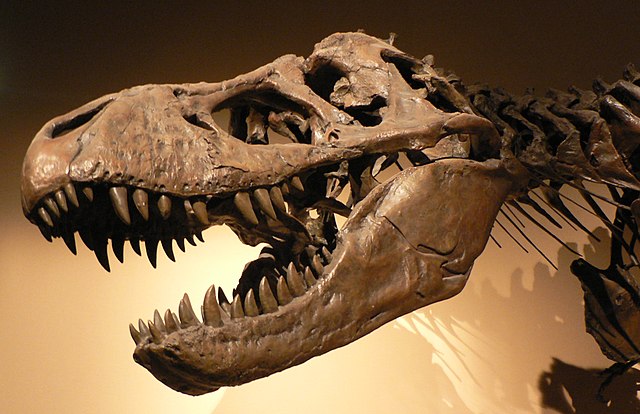Hollow bones developed in dinosaurs at least three times
March 20, 2023
The hollow bones that allowed dinosaurs to grow large were so useful that they evolved independently at least three times, according to a Nature study.
“The Triassic was very warm and dry,” Fresca Ricardi-Branco, a professor at State University of Campinas’s Institute of Geosciences and one of the authors of the article, noted. “In that context, more oxygen circulating in the blood would cool the body more efficiently and certainly afford a welcome advantage, so much so that it evolved at least three times independently.”
In response to the harsh dry environment in the center of Pangea, dinosaurs developed hollow bones in at least three different lineages.
Fossils analyzed between 2011 and 2019 at Rio Grande do Sul in Brazil painted a picture of the history and development of the earliest dinosaurs. These fossils belonged to some of the earliest dinosaurs to date, two of which were sauropodomorphs — a group of long-necked dinosaurs. The third was an early group of carnivorous dinosaurs called herrerasauridae.
By finding these fossils, scientists deduced that the earliest animals from these groups lacked air sacs in their bones.
A 2021 study also determined that the earliest ornithischians, a group that contained triceratops, didn’t have air sacs. Further research concluded that air sacs developed independently in all three groups because later generations of these groups developed air sacs.
Two other groups that developed air sacs were pterosaurs, a group that includes pterodactyls, and theropods, a group that includes tyrannosaurus rex, velociraptors and the modern-day chicken.
“Less dense bones containing more air gave the dinosaurs and pterosaurs [and still give birds] more oxygen circulating in their blood, as well as more agility to hunt, flee and fight, or even to fly,” Tito Aureliano, an author of the Nature study, said. “They not only used less energy but also kept their bodies cool more efficiently.”
If dinosaurs had dense bones as humans do, they would have run into a problem with Galileo’s square-cube law and would have never reached their tremendous size without collapsing under their own weight.
Strength of a system scales with its cross-sectional area while its size scales with volume. This rule applies to any 3D structure, whether it’s a building or the musculoskeletal system of an animal. The development of hollow bones allowed dinosaurs to “break” the square-cube law as they weighed much less than would be expected and thus could support larger sizes without collapsing under themselves.
“The oldest dinosaurs in the world are in South America and have been discovered only in the past two decades,” Ricardi-Branco said. “More of this kind of research needs to be done to show how the dominant organisms of the period coped with a much warmer climate than ours.”








